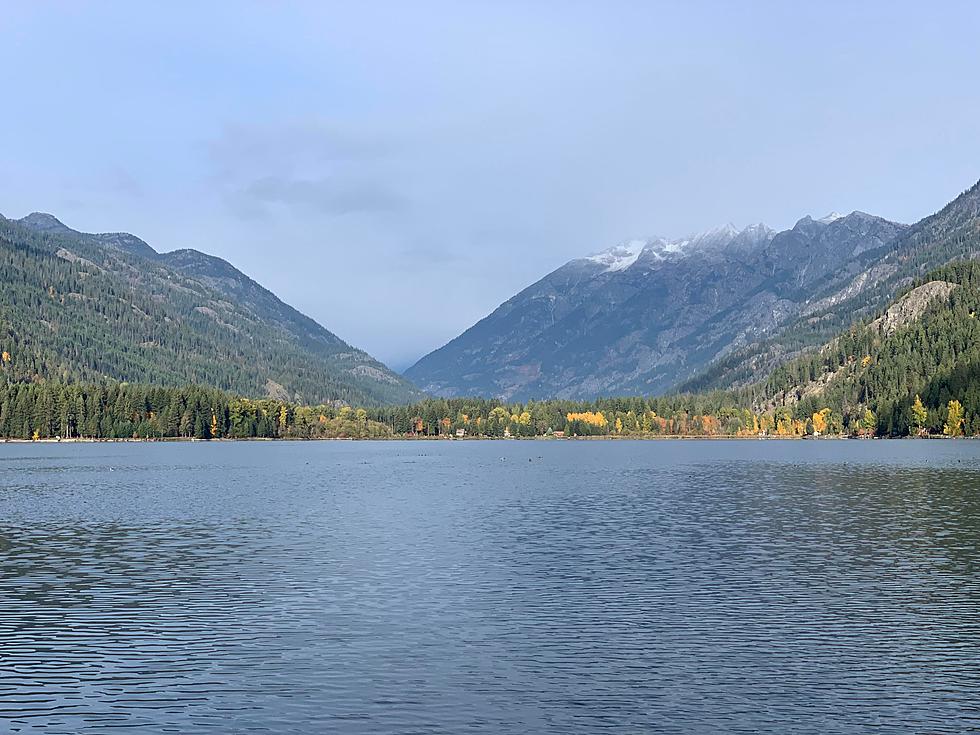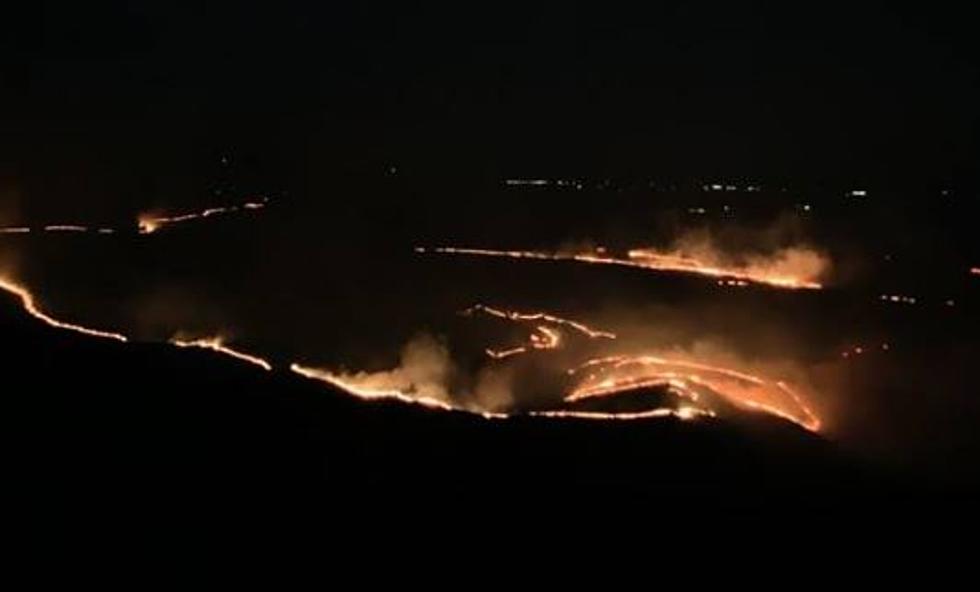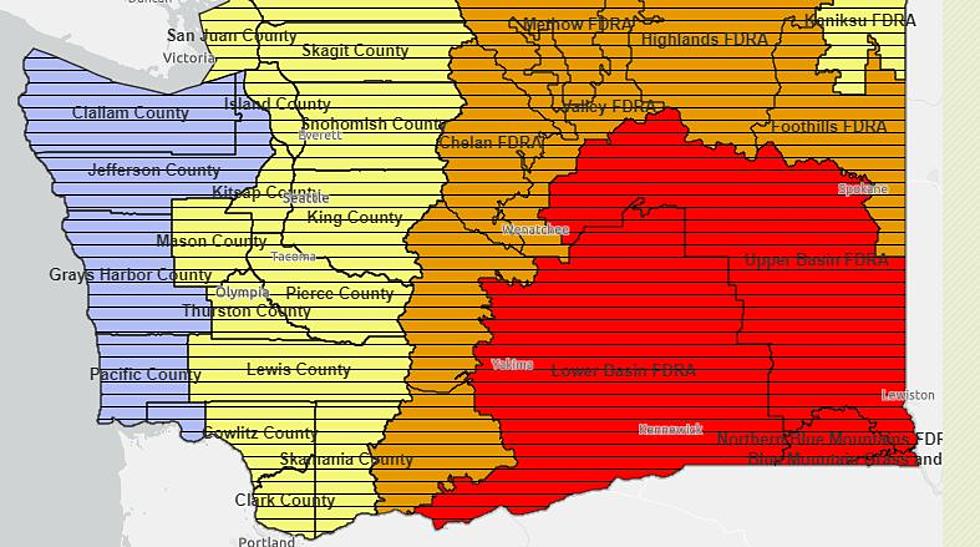
Will the Tri-Cities Break the All-Time High Temp Next Week?
Welcome to Summer in the Columbia Basin!
We like it hot in the Columbia Basin but next week's temperatures are expected to well into the triple digits.
The real question I want to ask is are we going to break a high-temperature record next week in the Basin?
Our good friend Mark Ingalls runs the great website called TC Weather and he's been crunching the numbers for us. We are forecasted for upwards of 114 but are we going to reach that all-time of 115?
Here are statistics according to Mark on his website:
Temperatures this high are extremely dangerous. The June record high in the Tri-Cities is 111° with the all-time record at 115°. Overnight lows may not get much below 80° during this time period.

The Washington Emergency Management Division is releasing some safety measures that you can take in case of severe heat.
The WEMD says not to rely on only a fan as your primary cooling device.
Here are some other steps
> Cover windows with drapes or shades.
> Weather-strip doors and windows.
> Use window reflectors such as aluminum foil-covered cardboard to reflect heat back outside.
> Add insulation to keep the heat out.
> Learn to recognize the signs of heat illness. For more information visit: www.cdc.gov/disasters/extremeheat/warning.html
> Find places with air conditioning. Libraries, shopping malls, and community centers can be a cool place to beat the heat. Stay informed and check with local authorities about possible closures prior to going to cooling centers.
These are just a few tips to keep you cool over the next few weeks. The best thing you can do is stay well-hydrated and keep water down for your pets.
LOOK: The most expensive weather and climate disasters in recent decades
KEEP READING: Get answers to 51 of the most frequently asked weather questions...
More From 97.1 KXRX









